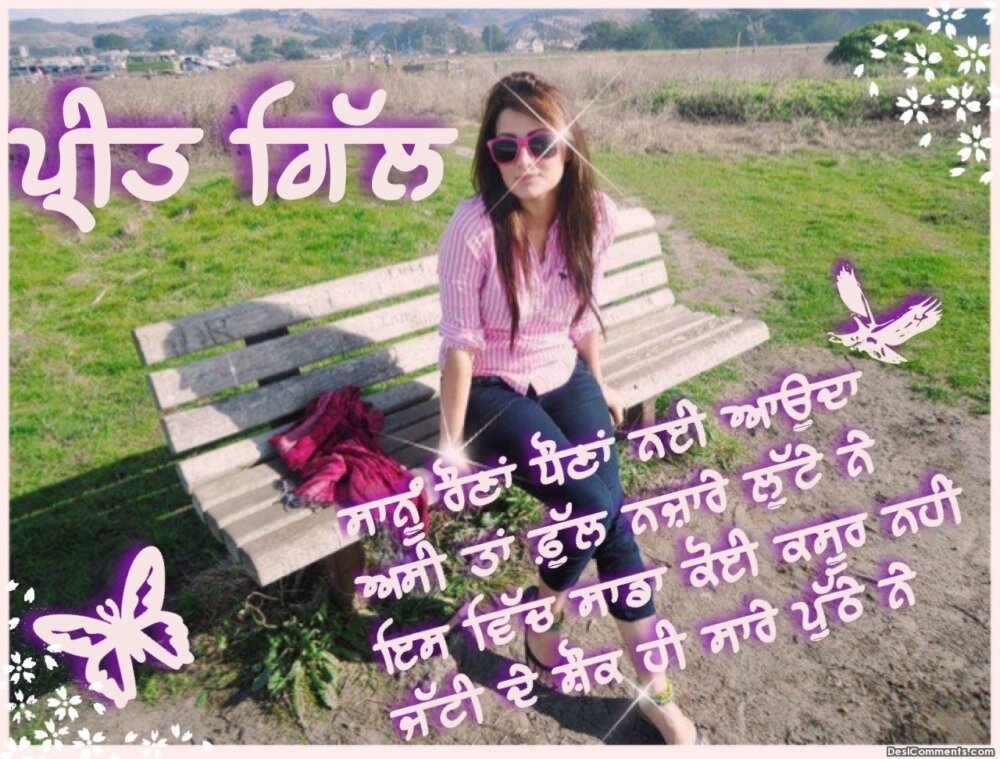When it comes to exploring the rich cultural heritage of South Asia, the term "Jatti" holds immense significance. It represents not only a community but also a way of life that has thrived for centuries. Understanding the Jatti community and its traditions can provide valuable insights into the region's history and diversity.
Jatti, a term that resonates deeply within the cultural fabric of Punjab and neighboring regions, refers to a community known for its agricultural prowess and vibrant traditions. This community has played a pivotal role in shaping the socio-economic landscape of the area, making it an essential subject of study for historians, sociologists, and cultural enthusiasts alike.
As we delve deeper into the world of Jatti, this article aims to provide a comprehensive overview of their history, culture, traditions, and modern-day contributions. Whether you're a researcher, a student, or simply someone curious about the diversity of human cultures, this guide will offer valuable insights and information to satisfy your curiosity.
Read also:Understanding The Myne Domain A Comprehensive Guide To Malaysias National Domain
Table of Contents
- History of Jatti
- Cultural Significance
- Traditions and Practices
- Language and Communication
- Economic Contributions
- Modern-Day Jatti
- Biography of Influential Jatti Figures
- Challenges Faced by the Jatti Community
- Future Prospects
- Conclusion
History of Jatti
The origins of the Jatti community trace back to ancient times, with historical records indicating their presence in the fertile plains of Punjab. The term "Jatti" is believed to have originated from the Sanskrit word "Jata," which means a group or cluster. Over centuries, the Jatti community has evolved, adapting to changing socio-political environments while preserving its core identity.
Key historical milestones:
- Early settlement patterns in the Indus Valley Civilization
- Role in medieval agricultural advancements
- Contribution to the freedom struggle in colonial India
Historians such as Dr. Joginder Kaur and Prof. Ravinder Singh have extensively studied the Jatti community, highlighting their significance in regional history. Their works remain invaluable resources for understanding the community's evolution.
Cultural Significance
Art and Music
Culture is at the heart of the Jatti identity, with art and music playing pivotal roles. Traditional folk music, such as "Dhola" and "Boliyan," forms an integral part of celebrations and rituals. The vibrant attire, characterized by colorful turbans and embroidered suits, reflects the community's artistic flair.
Food and Festivals
Food is another cultural cornerstone, with dishes like Makki di Roti and Sarson da Saag being staples in Jatti households. Festivals such as Baisakhi and Lohri are celebrated with great enthusiasm, showcasing the community's rich traditions and unity.
Traditions and Practices
Traditions within the Jatti community are deeply rooted in values of respect, honor, and family bonds. Practices such as arranged marriages and community gatherings reinforce social cohesion. These traditions have stood the test of time, adapting to modern contexts while retaining their essence.
Read also:Leah Sava Jeffries A Rising Star In Hollywood
Key traditions:
- Respect for elders
- Community support systems
- Emphasis on education and skill development
Language and Communication
Language plays a crucial role in preserving cultural identity. The Jatti community primarily speaks Punjabi, a language rich in literature and expression. Efforts to promote Punjabi through literature, media, and education have ensured its continued relevance in contemporary society.
Economic Contributions
Agriculture
Known for their agricultural expertise, the Jatti community has significantly contributed to the agricultural economy of Punjab. Their innovative farming techniques and commitment to sustainable practices have set benchmarks in the industry.
Entrepreneurship
Beyond agriculture, many Jatti individuals have excelled in entrepreneurship, establishing businesses across various sectors. Their entrepreneurial spirit has not only uplifted their own communities but also contributed to regional economic growth.
Modern-Day Jatti
In the modern era, the Jatti community continues to thrive, embracing technological advancements while preserving cultural heritage. Urbanization and globalization have brought new opportunities and challenges, prompting the community to adapt and evolve.
According to a report by the Punjab Agricultural University, the Jatti community's adoption of modern farming techniques has increased productivity by over 30% in the last decade. This statistic underscores their adaptability and commitment to progress.
Biography of Influential Jatti Figures
Several Jatti individuals have made significant contributions to various fields. Below is a brief overview of some influential figures:
| Name | Profession | Major Contributions |
|---|---|---|
| Gurbachan Singh | Agriculturist | Pioneered sustainable farming methods |
| Kiran Kaur | Entrepreneur | Founded a successful agro-tech startup |
| Hardeep Singh | Artist | Revived traditional Jatti folk music |
Challenges Faced by the Jatti Community
Despite their achievements, the Jatti community faces several challenges, including:
- Land fragmentation affecting agricultural productivity
- Urban migration leading to cultural dilution
- Economic disparities within the community
Addressing these challenges requires collective efforts from community leaders, policymakers, and stakeholders to ensure sustainable development and cultural preservation.
Future Prospects
The future of the Jatti community looks promising, with increasing awareness and appreciation for their cultural heritage. Initiatives such as cultural festivals, educational programs, and community development projects are paving the way for a brighter future.
According to a study published in the Journal of Cultural Studies, the Jatti community's resilience and adaptability will continue to drive their progress in the coming years. Their ability to blend tradition with modernity positions them as leaders in cultural evolution.
Conclusion
In conclusion, the Jatti community stands as a testament to the rich cultural diversity of South Asia. From their historical roots to modern-day achievements, the Jatti people have consistently demonstrated resilience, innovation, and a strong sense of identity. Understanding their history, culture, and contributions can inspire us to appreciate the beauty of human diversity.
We invite you to explore further by engaging with this content, sharing it with others, or delving into the references provided. Together, we can celebrate and preserve the legacy of the Jatti community for generations to come.

